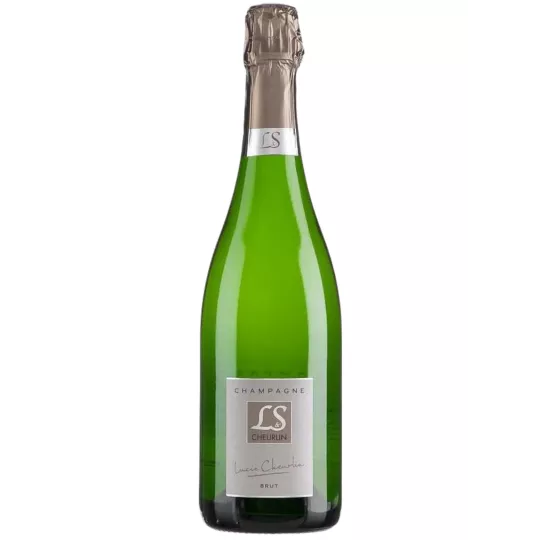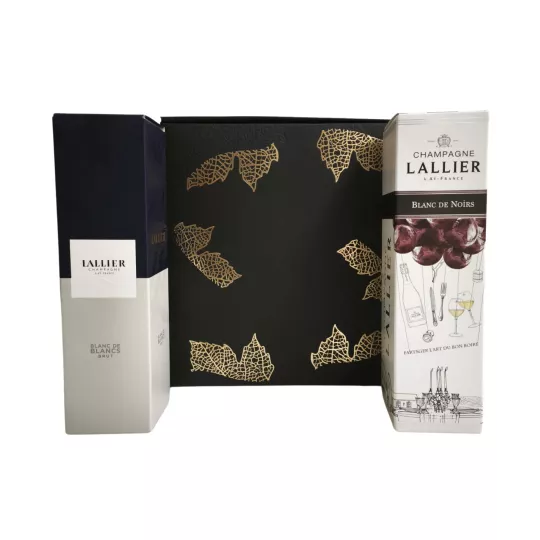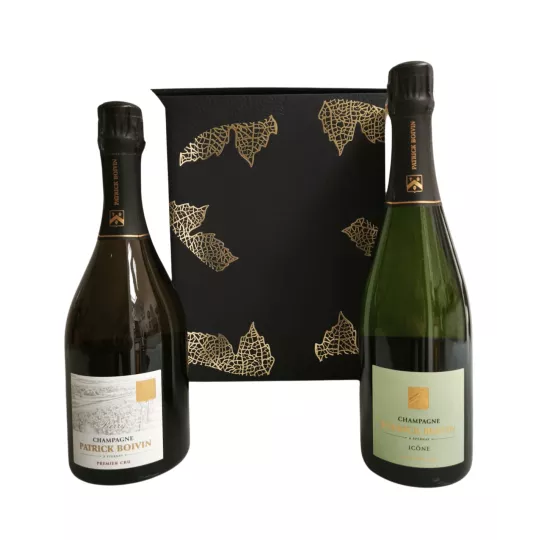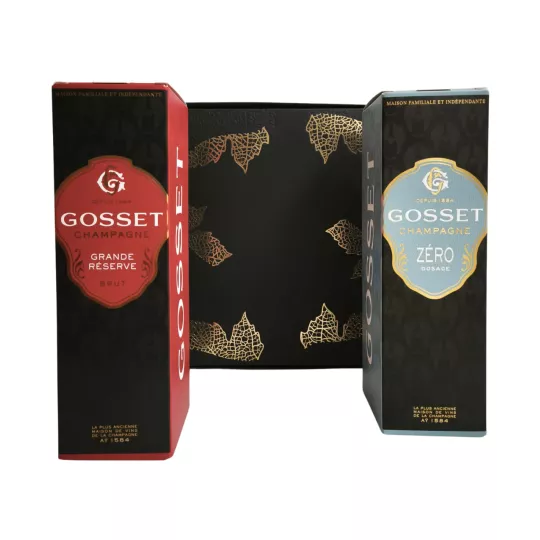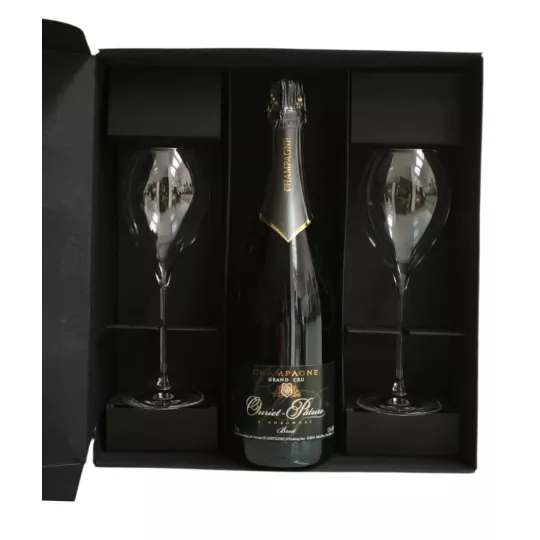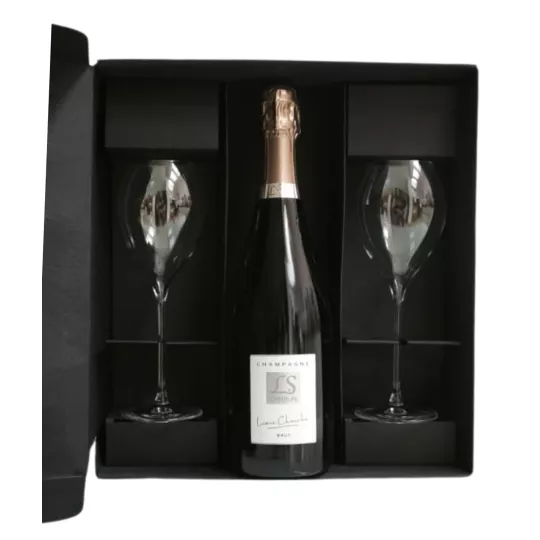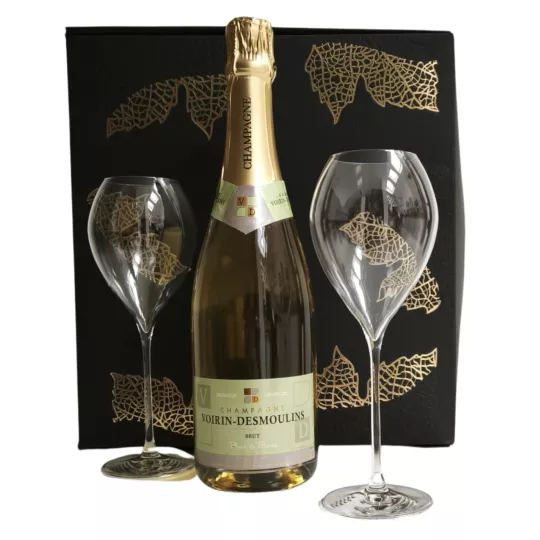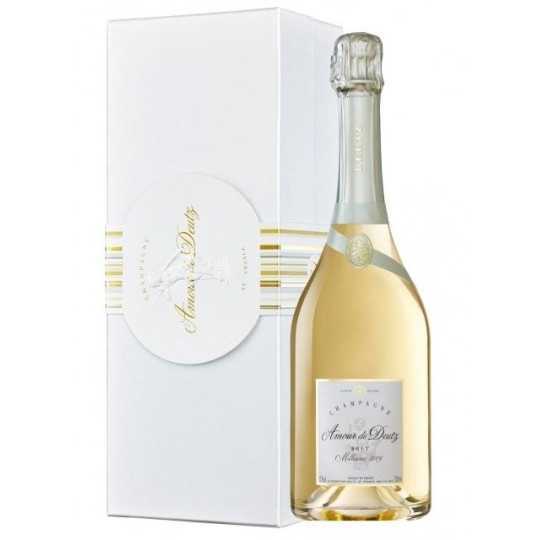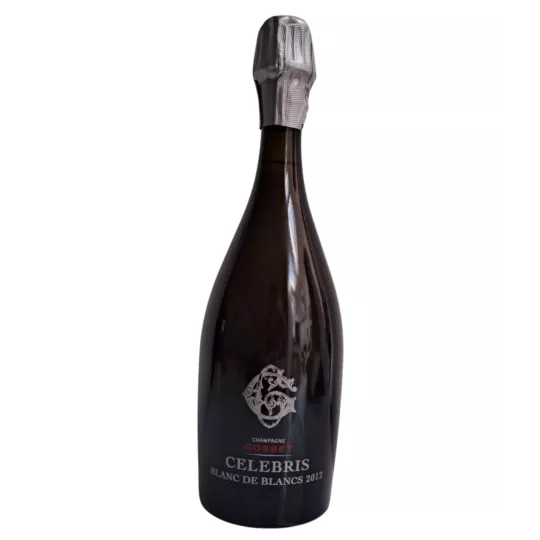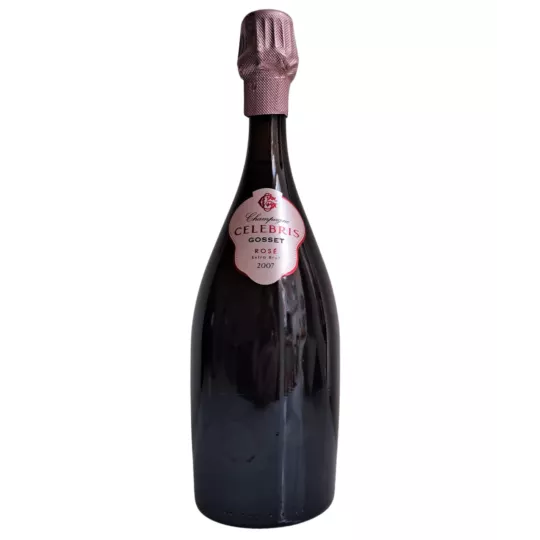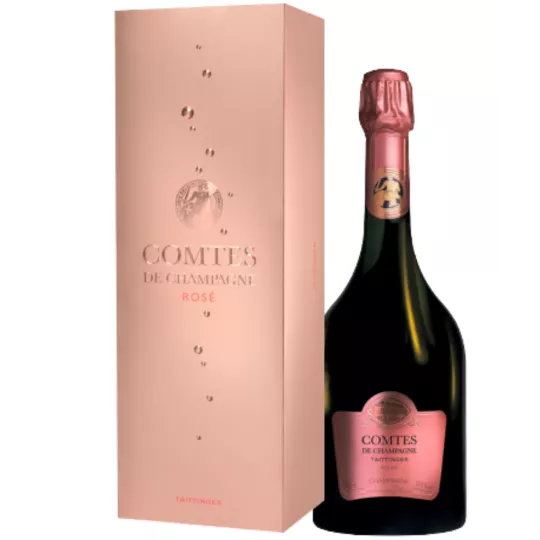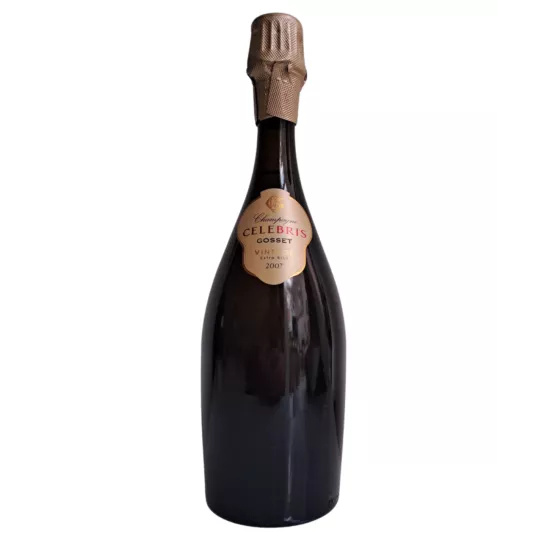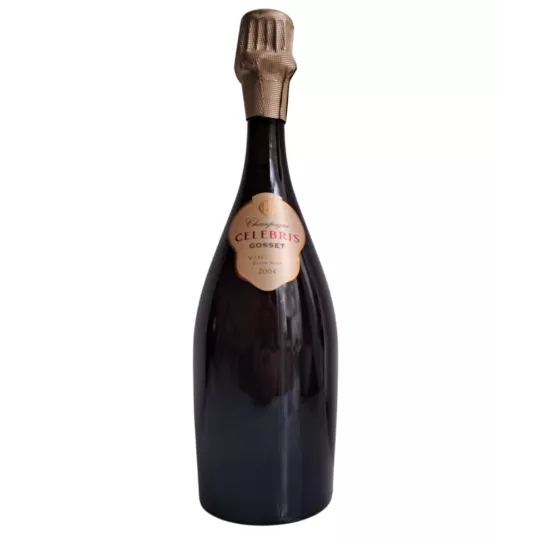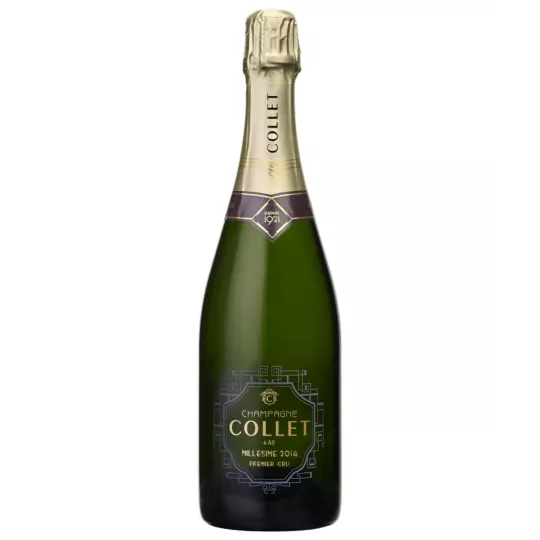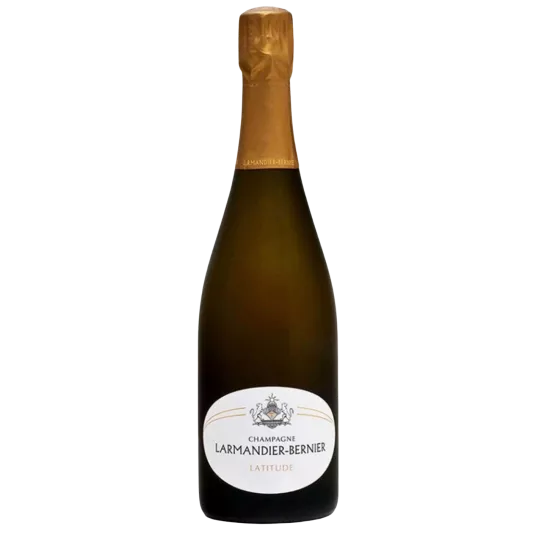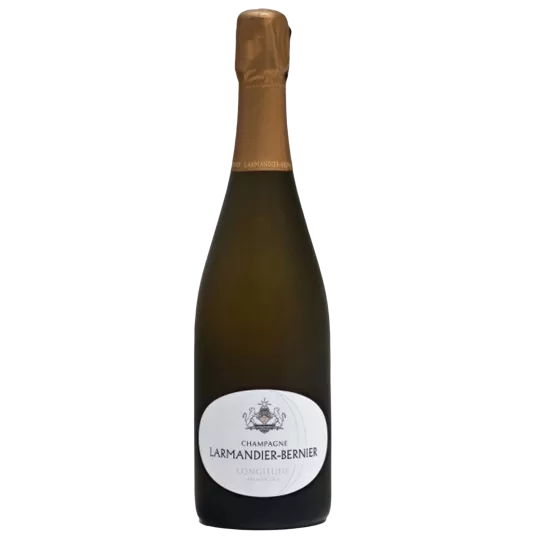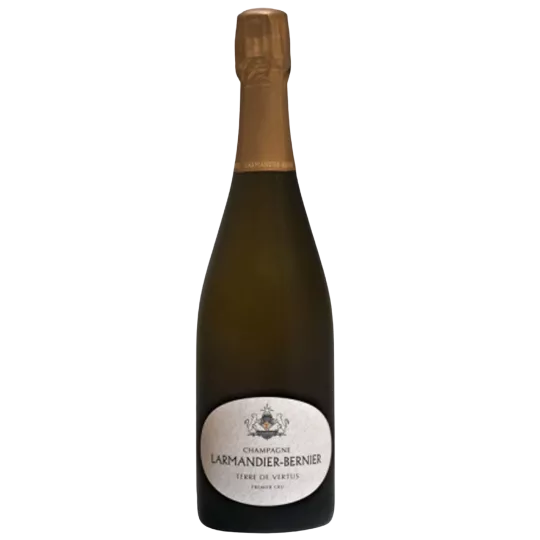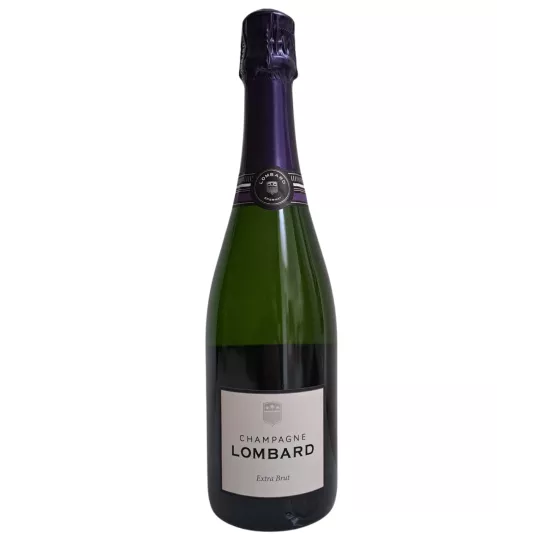
Larmandier-Bernier
Champagne Larmandier-Bernier: Exploration of Origins and Terroir
The origins of the Larmandier-Bernier champagne house date back to 1765, when the Larmandier family became involved in the wine history of the Côte des Blancs. Their estate, located in the heart of this prestigious region, has been producing exceptional champagnes since the 19th century. The unique terroirs of the Montagne de Reims and the Côte des Blancs are based on Campanian chalk, giving Larmandier-Bernier champagnes a distinct and refined minerality. The grands crus of Cramant, Avize, Oger, and the 1er cru Vertus are the jewels of this 19 hectare estate.
Philosophy and Family Tradition
Beyond the reputation, Larmandier-Bernier stands out for its philosophy focused on biodynamics and natural winemaking. Sophie, Pierre, Arthur, and Georges, guardians of tradition for 8 generations, have chosen the path of difference, refusing formatted wines in favor of an authentic approach. The outcropping chalk, the old vines of 35 years on average, and biodynamic cultivation for more than 20 years embody the Larmandier family's conviction towards quality, nature, and the unique expression of their terroirs.
Chronicle of a Passion: Eight Generations of Know-How
1765-1856: Foundations and Legacy
The history of the Larmandier dates back to 1765, with a tenacious commitment to the vine. Louis Prosper Larmandier, Pierre's great-great-grandfather, speaks with pride of the simplicity of the time when the earth and the sun nourished the vines. In 1856, Jules Larmandier shared the challenges caused by cochylis, laying the foundations for a resilience that would characterize the family.
1988-2010: Renaissance and Recognition
Pierre, son of Philippe and Elisabeth, took over in 1988. The questioning led to a total abandonment of herbicides in 1992. Biodynamics came on the scene in 1999, followed by the acquisition of 4 hectares in Vertus in 2002. Recognition and distinctions abounded in the following years, with the construction of a cellar in 2010 to ensure prolonged aging in wood.
2017-2020: Family Continuity and New Perspectives
Driven by the same conviction, Arthur Larmandier joined the family in 2017. The perpetual search for wines expressing the terroir guides the family, embodying a deep conviction that great champagne begins in the vineyard. In 2018, the purchase of a new vineyard in Avize demonstrates Larmandier-Bernier's long-term vision.
Champagne Larmandier-Bernier: Discover a Unique Range
Champagne Larmandier-Bernier Latitude Extra Brut
At this latitude, south of Vertus, the Latitude vintage embodies pleasure at all times. Composed exclusively of Chardonnays from the same southern “latitude” of Vertus, this non-vintage champagne cuvée combines roundness and characteristic purity. With 40% wines from the perpetual reserve started in 2004, Latitude remains the festive champagne par excellence.
Champagne Larmandier-Bernier Longitude Premier Cru Extra Brut
Champagne Larmandier-Bernier Longitude represents the length, the pure, mineral and straight style of the great terroirs of the Côte des Blancs. Made exclusively from Chardonnays from Vertus, Oger, Avize, and Cramant, this non-vintage champagne cuvée includes 40% of wines from the perpetual reserve. It embodies the purest expression of the chalk surface of these exceptional terroirs.
Champagne Premier Cru Larmandier-Bernier Terre de Vertus Undosed
Champagne Larmandier-Bernier Terre de Vertus offers the pure and frank expression of the Vertus terroir, with exposure in the middle of the hillside. Vinified separately since 1995, this non-dosed cuvée comes from the place called Les Barillers. 100% Chardonnay, a single terroir, and a single year, this champagne vintage is remarkable for its salinity and complexity.
Champagne Premier Cru Larmandier-Bernier Rosé de Saignée Extra Brut
Champagne Larmandier-Bernier Rosé de Saignée reveals the originality of the Larmandier-Bernier house with a maceration of Pinots Noirs and Pinots Gris picked in Vertus. This rare technique in Champagne brings a fruity dimension and distinct aromas to this rosé of character.
Committed Viticulture: Biodynamics and Natural Breeding
Biodynamic viticulture at Larmandier-Bernier champagne results in the preservation of the heritage of old vines, without pesticides. Natural aging, with native yeasts and an extended period on lees in barrels and tuns for 11 months, ensures the maximum expression of the terroirs. With little intervention, the champagnes are pure, without filtration or fining, and often with little or no dosage.
FAQ about Larmandier-Bernier
How does Maison Larmandier-Bernier preserve its heritage of old vines?
The Maison de champagne Larmandier-Bernier has preserved its heritage of old vines by practicing biodynamic viticulture for over 20 years, without the use of pesticides. This guarantees the health and sustainability of the vines, contributing to the exceptional quality of the champagnes.
What is the maceration method used for Rosé de Saignée champagne?
Larmandier-Bernier's Rosé de Saignée champagne is obtained by macerating the Pinots Noirs and Pinots Gris berries for a few days, a rare technique in Champagne. This method brings fruit and distinct aromas to this characterful rosé champagne.
What makes the Larmandier-Bernier Terre de Vertus champagne cuvée unique?
Larmandier-Bernier Terre de Vertus champagne is unique in its pure and frank expression of the Vertus terroir. Vinified separately since 1995, this non-dosé champagne comes from the lieu-dit Les Barillers, offering a delicate combination of salinity and complexity.
How does the Larmandier-Bernier Latitude champagne cuvée stand out?
The Larmandier-Bernier Latitude champagne cuvée embodies the festive champagne par excellence with its roundness and purity. Composed exclusively of Chardonnays from the south of Vertus, it represents pleasure at all times, while retaining the characteristic purity of Larmandier-Bernier wines.
What is the importance of Campanian chalk in Larmandier-Bernier champagne?
Campanian chalk, present in the Montagne de Reims and the Côte des Blancs, gives a distinctive minerality to Larmandier-Bernier champagne. The terroirs of Cramant, Avize, Oger, and Vertus are based on this chalk, contributing to the elegance and complexity of the wines.
Why did the Larmandier-Bernier champagne house choose biodynamics?
Champagne Larmandier-Bernier chose biodynamics in 1999 out of a deep conviction about the quality and authentic expression of the terroirs. This is in line with the vision of developing great champagne wines and the environmentally friendly lifestyle.
